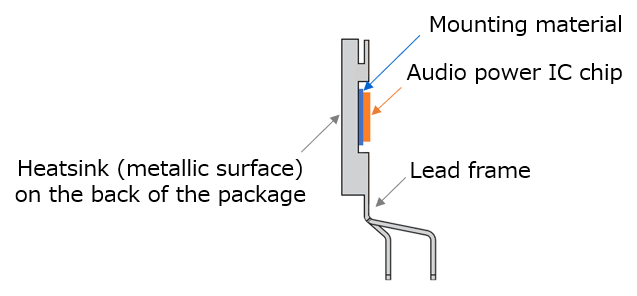- 型号 & 关键词搜索
- 交叉搜索
- 参数搜索
- 库存查询与购买
This webpage doesn't work with Internet Explorer. Please use the latest version of Google Chrome, Microsoft Edge, Mozilla Firefox or Safari.
请输入3个以上字符 Search for multiple part numbers fromhere.
The information presented in this cross reference is based on TOSHIBA's selection criteria and should be treated as a suggestion only. Please carefully review the latest versions of all relevant information on the TOSHIBA products, including without limitation data sheets and validate all operating parameters of the TOSHIBA products to ensure that the suggested TOSHIBA products are truly compatible with your design and application.Please note that this cross reference is based on TOSHIBA's estimate of compatibility with other manufacturers' products, based on other manufacturers' published data, at the time the data was collected.TOSHIBA is not responsible for any incorrect or incomplete information. Information is subject to change at any time without notice.
请输入3个以上字符
IC封装背面散热片(金属表面)的电位是什么?是GND吗?
封装背面的散热器(金属表面)的电势即为接地端(GND)。

如图1所示,封装背面的散热器(金属表面)通过导电贴装材料与音频功率集成电路(IC)芯片背面的基板(最低电位)相连。如果基板的电位变高,可能会出现意外操作。即使该散热器为开路,IC也能正常工作,但如果连接了散热器,则散热器应与音频功率集成电路(IC)的最低电势(GND)相连。
然而,如果由于线路图案布局不合适等原因导致最低电势(GND)不稳定,则可能会影响性能和音质。
相关链接
以下文档也包含相关信息。

